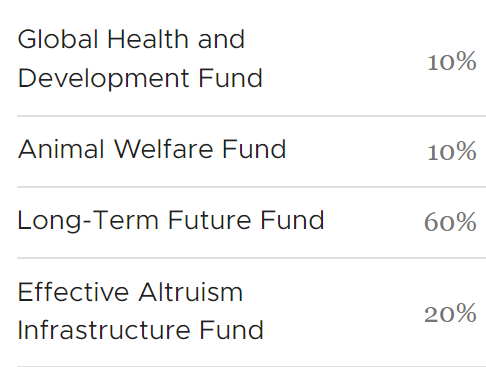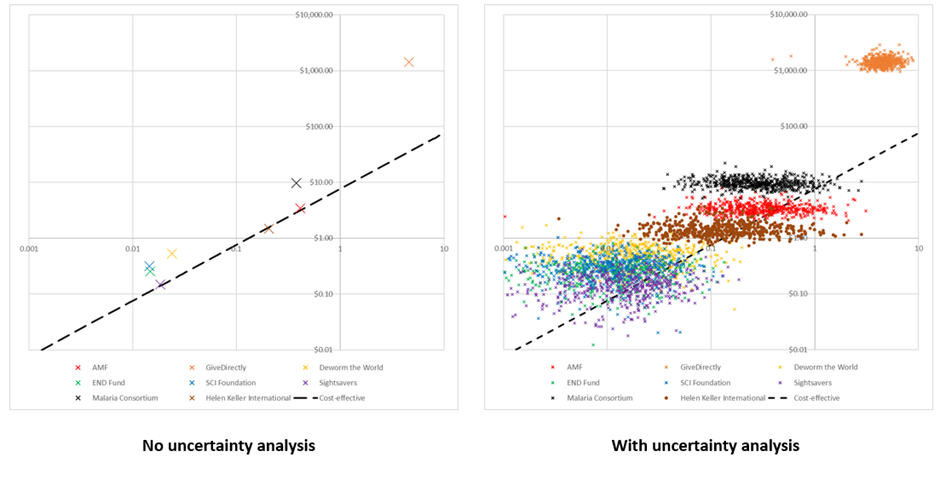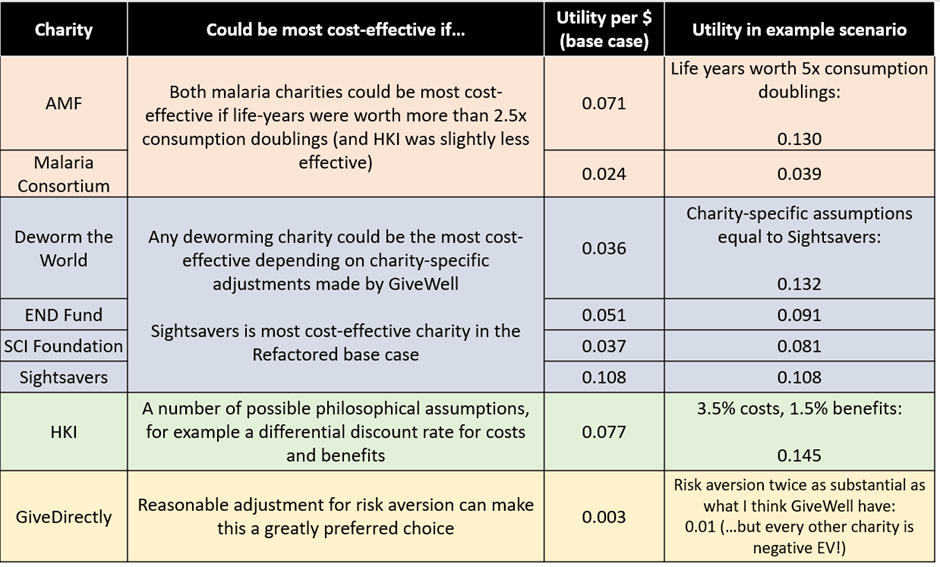This post[1] is intended as an open thread for anyone to share where you donated or plan to donate in 2022, and why.
I encourage you to share regardless of how small or large a donation you’re making! And you shouldn’t feel obliged to share the amount that you’re donating.
You can share as much or as little detail as you want (anything from 1 sentence simply describing where you’re giving, to multiple pages explaining your decision process and key considerations).
And if you have thoughts or feedback on someone else’s donation plans, I’d encourage you to share that in a reply to their “answer”, unless the person indicated they don’t want that. (But remember to be respectful and kind while doing this! See also supportive scepticism.)
Why commenting on this post might be useful:
- You might get useful feedback on your donation plan
- Readers might form better donation plans by learning about donation options you're considering, seeing your reasoning, etc.
- Commenting or reading might help you/other people become or stay inspired to give (and to give effectively)
Related:
- Effective Giving Day is coming up — November 28 — next week!
- Talk about donations earlier and more
- Previous posts of this kind:
As a final note: we’re enabling emoji reactions for this thread.
- ^
Adapted almost entirely from Where are you donating in 2020 and why?, with permission.





Sure - admittedly I don't put as much thought into these as I probably should, and have deferred a reasonable amount to GiveWell.
At a high level I generally donate to GHD causes because I'm more risk averse with my donations than my personal time (i.e. I'm very happy to think and contribute to things that are potentially high payoff but more speculative in my work time, but I prefer my donations to be making tangible, measurable impact with short feedback loops, even if that means "only" getting ~$100/DALY).
More specifically, I chose Malaria Consortium (MC) over AMF because MC is marginally more cost effective at the moment, and because there was a recent paper about the benefits of combined chemoprevention alongside the recently released RTS,S malaria vaccine.
I chose New Incentives because it's also similarly cost-effective, and I have a soft spot for improving vaccine coverage.
I chose GiveDirectly because that seems "best-in-class" in terms of optimising for preferences of recipients / beneficiaries. I don't have fully formed views about the extent to which we should defer to recipients VS prioritise other measures, but until I do, I opt to donate a bit to GiveDirectly for this reason despite it being less cost effective by GiveWell metrics.
And then I chose my local women's refuge because I think sexual assault / intimate partner violence (IPV) is terrible (I get pretty riled up by abuse of power / trust generally), and I care a lot about it for other reasons that I won't get into here. I'm mindful that this probably means I'm not maximising DALYs averted in expectation, but I'm okay with this because doing so appeals to the less maximising / less utilitarian parts of me. I donate to the local refuge instead of some LMIC version that might have higher EV in part because it's more convenient to, in part because NZ have among the worst domestic violence / IPV rates in the developed world, in part because I care about my local community, and in part because I'm fully aware I'm not donating to this because I think it's the most cost-effective by EA standards.[1]
That being said, I do think the harm/suffering from intimate partner violence, both to the victim as well as family members is really difficult to capture. I wouldn't be surprised if something like IPV was considerably undervalued, conditional on the DALY-maximising approach being wrong. (Something like better access to palliative care / relieving terrible end of life care suffering is probably also something that fits in this kind of category). It's not primarily intended as a hedge against a DALY-maximising approach, but I guess it functionally acts as one.